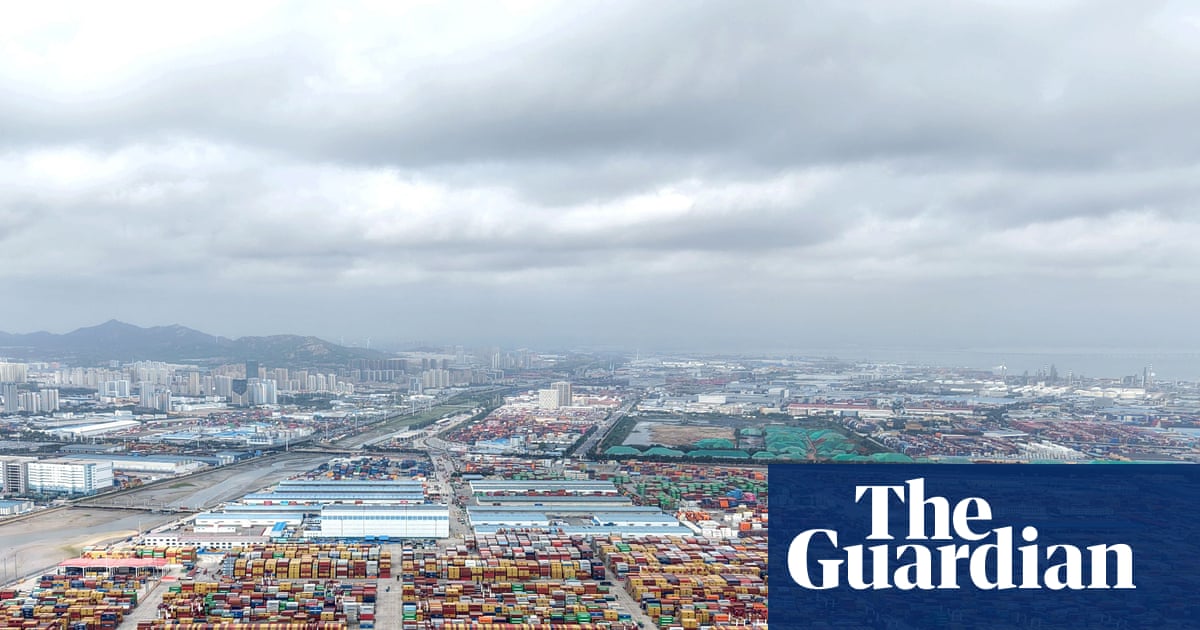Beijing has told the US it will retaliate if Donald Trump fails to back down on his threat to impose 100% tariffs on Chinese imports as investors brace for another bout of trade war turmoil.
China’s commerce ministry blamed Washington for…

Beijing has told the US it will retaliate if Donald Trump fails to back down on his threat to impose 100% tariffs on Chinese imports as investors brace for another bout of trade war turmoil.
China’s commerce ministry blamed Washington for…